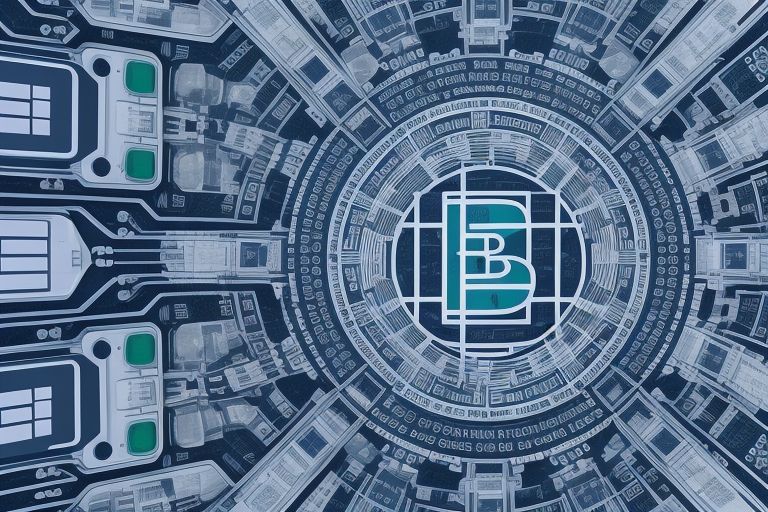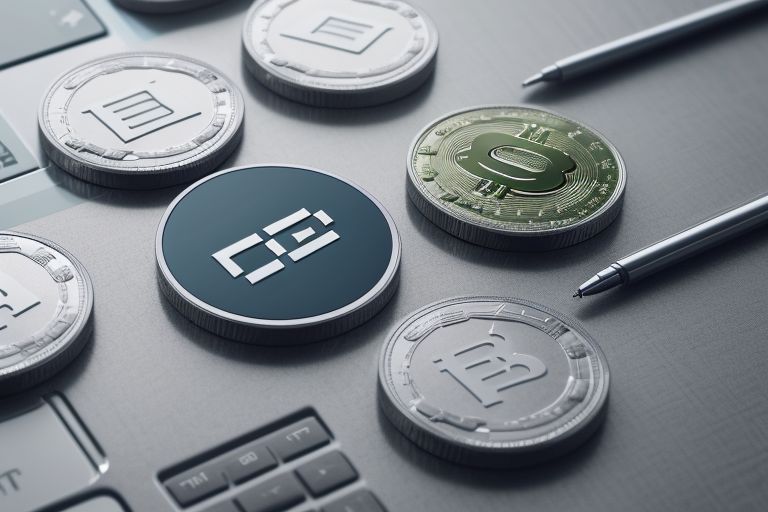Decentralized Finance or DeFi is changing they ways and mechanism of managing money. It uses blockchain technology to recreate financial systems without relying on banks or brokers. This has sparked a big question: could DeFi replace traditional banking as we know it? Below are the possible explanations that can help to understand the concept.
What is DeFi?
DeFi refers to financial services built on blockchain networks. It allows people to borrow, lend, trade, and invest directly with each other without using a bank. DeFi relies on "smart contracts” having automated agreements are written in code to handle transactions.
As of 2023, over $47 billion is locked in DeFi protocols (DeFi Pulse) showing the sector’s rapid growth. The DeFi’s fast expansion and a potential of being major players in financial sector is evident in the current era.

Why DeFi is Shaking Up Banking
1. No Middlemen, Lower Fees
Banks typically act as the middlemen in most financial transactions, charging fees for their services. With DeFi, these middlemen are cut out. For example, someone borrowing through a DeFi platform can connect directly with lenders using smart contracts, saving on fees.
In 2022, the average interest rate for a personal loan from a traditional bank in the U.S. was around 9.41%. In contrast, DeFi platforms offer interest rates as low as 3% to 5. This makes DeFi appealing for those who want to avoid high bank fees.
2. Always Open
Unlike banks with limited hours, DeFi platforms are available 24/7. People can make transactions any time, from anywhere in the world. This round-the-clock access gives users more flexibility, especially across different time zones.
In 2023, daily trading volume on DeFi platforms like Uniswap often reached billions of dollars, showing that many users take advantage of this availability (CoinGecko).
3. Global Access
DeFi also makes financial services more accessible to people who don’t have traditional banking. As of 2022, about 1.4 billion people worldwide didn’t have access to banking services (World Bank). With just a smartphone and internet, anyone can use DeFi platforms, opening up financial opportunities for many in developing countries.
4. Full Control of Assets
In traditional banking, you trust the bank to manage your money. With DeFi, users have full control over their assets. They store their money in digital wallets and can invest or move funds without waiting for bank approval.
For example, "yield farming" allows users to lend out their cryptocurrency and earn interest, often higher than traditional bank rates. Some DeFi platforms in 2022 offered annual returns of up to 10%, compared to just 0.06% from traditional savings accounts.

Challenges of DeFi
Following are the major and prominent challenges of DeFi
1. Security Risks
DeFi may be appealing, but it comes with risks. Smart contracts manage DeFi, and if there’s a bug in the code, hackers can exploit it. In 2021, over $2 billion was stolen from DeFi platforms (CipherTrace). Users must do their research and be careful about where they put their money.
2. Lack of Regulation
DeFi operates in a regulatory gray area. Unlike banks, which are heavily regulated, governments are still figuring out how to manage DeFi. This means users have less protection if something goes wrong because there’s no central authority overseeing it.
3. Volatility
DeFi depends on cryptocurrencies, which are known for being volatile. The value of your assets can rise or fall drastically within a short period. Such returns are highly attractive chances for most, but the possibility of great losses is still there.
Will DeFi Replace Traditional Banking?
DeFi is an emerging area in the field of modern IT which cannot be denied or overlook. The benefits include lower fees, access 24/7 and full control over assets. These are the features which make the DeFi a head away from traditionally banking mechanism. Beside all these merits, DeFi also comes with challenges such as risks of security and some regulatory uncertainty.
Traditional banks would not disappear overnight. They still dominate in areas like mortgages and large-scale loans. However, as DeFi matures, banks may need to adapt the DeFi technology possibly by integrating blockchain technology into their services to stay competitive.
Conclusion
DeFi is changing the finance world. This is because it shows low costs, global access and control over assets having a lot of users from the globe. Some of the challenges that face this field include security and regulation. Of course, though it may never replace traditional banking outright, it is obvious that it will play a major role in the future of finance.

Green Bonds: Financing the Future of Sustainable Projects

The Role of Financial Institutions in Infrastructure Development

The Future of Financial Markets in the Context of Technological Disruption

Understanding the Role of Fiscal Policy in Economic Management

The Impact of Technological Disruption on Investment Strategies

How to Create a Financial Safety Net

The Rise of Mobile Banking: Trends, Benefits, and Security Challenges

